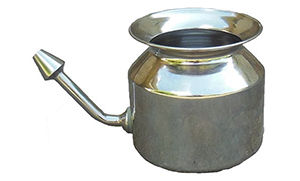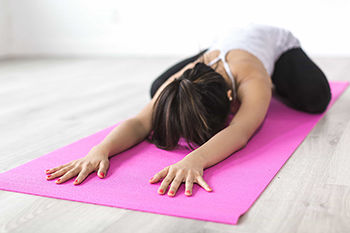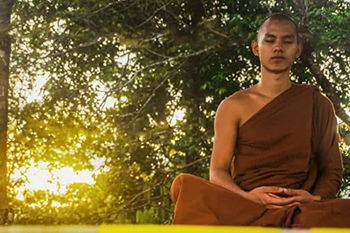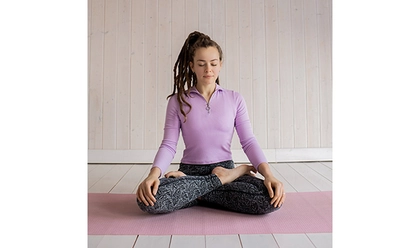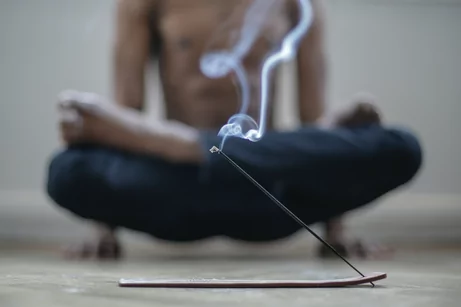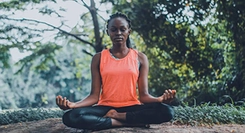Sit in a Meditative Asana or a comfortable seated position. Siddhasnas for men and Siddha Yoni Asana for women is preferred because the heel puts pressure on Muladhara Chakra.
Place the palms on the knees.
Close the eyes and relax the whole body.
Inhale deeply.
Contract the muscles at the Muladhara Chakra region by drawing the muscles upwards as much as you are able without excessive strain.
Hold this contraction for as long as possible.
Close the eyes and relax the whole body.
Release this Bandha to end the practice.

